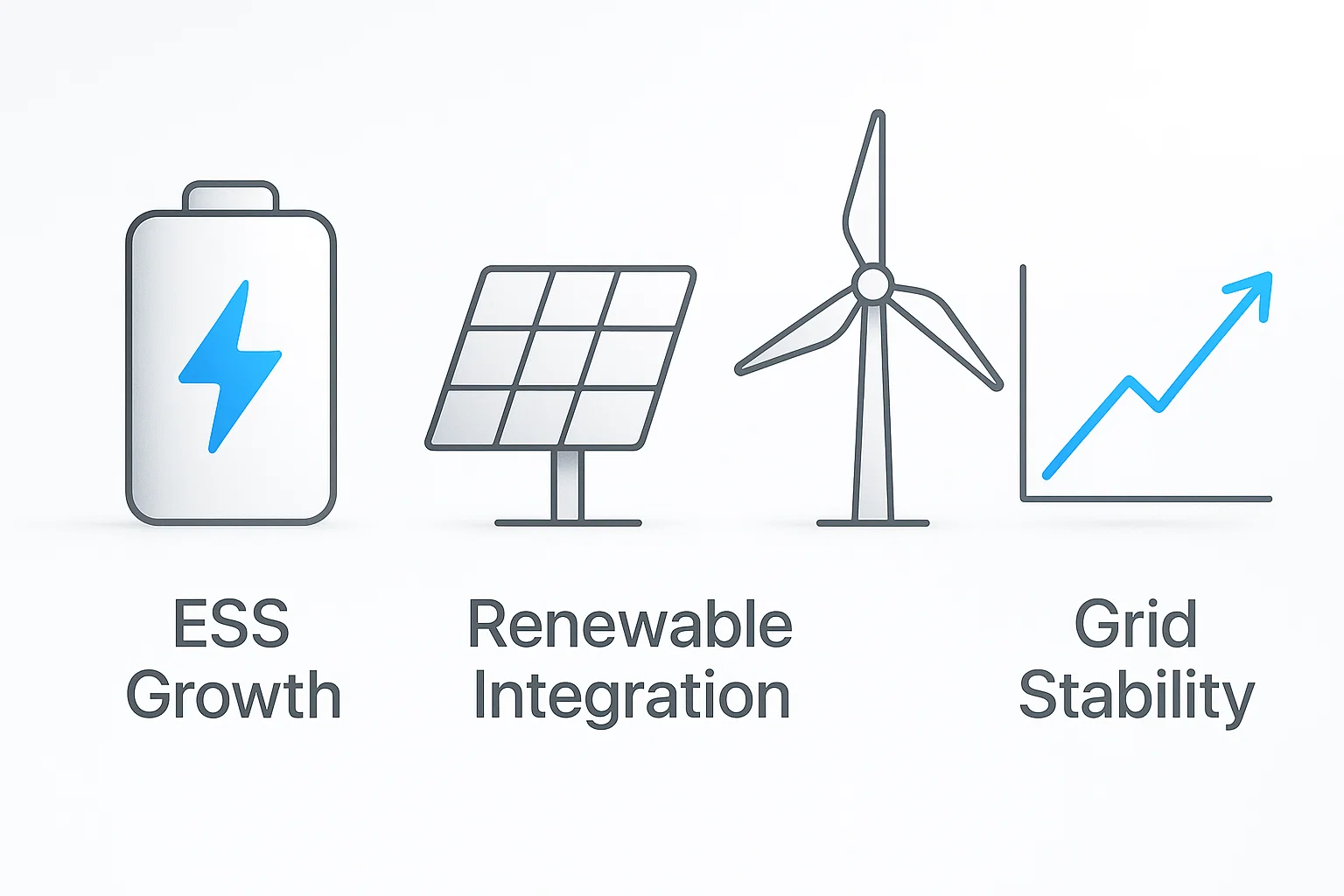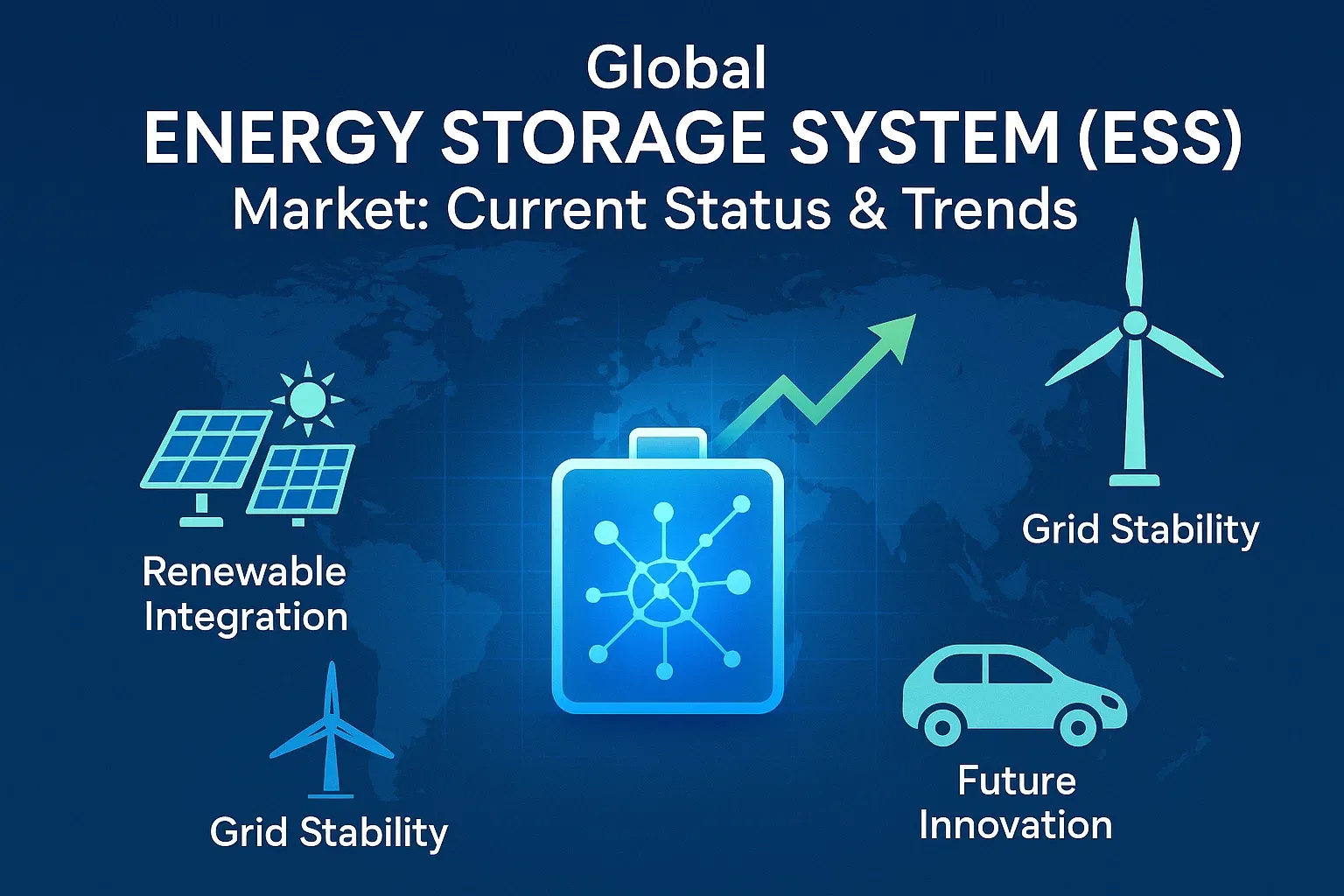Energy Storage System (ESS) Market: Growth, Trends & Future
The global Energy Storage System (ESS) market is experiencing explosive growth, driven by renewable energy integration, grid modernization, and technological advancements. This article dives deep into current trends, market size, key technologies like lithium-ion, regional insights, and the future outlook for this critical component of our energy future.


